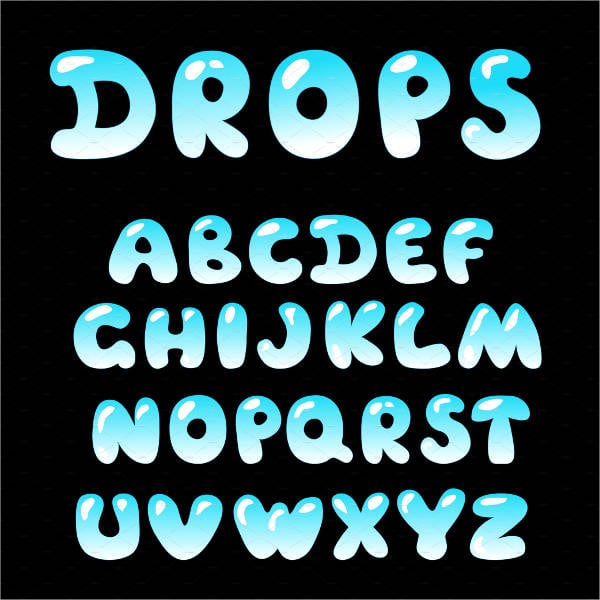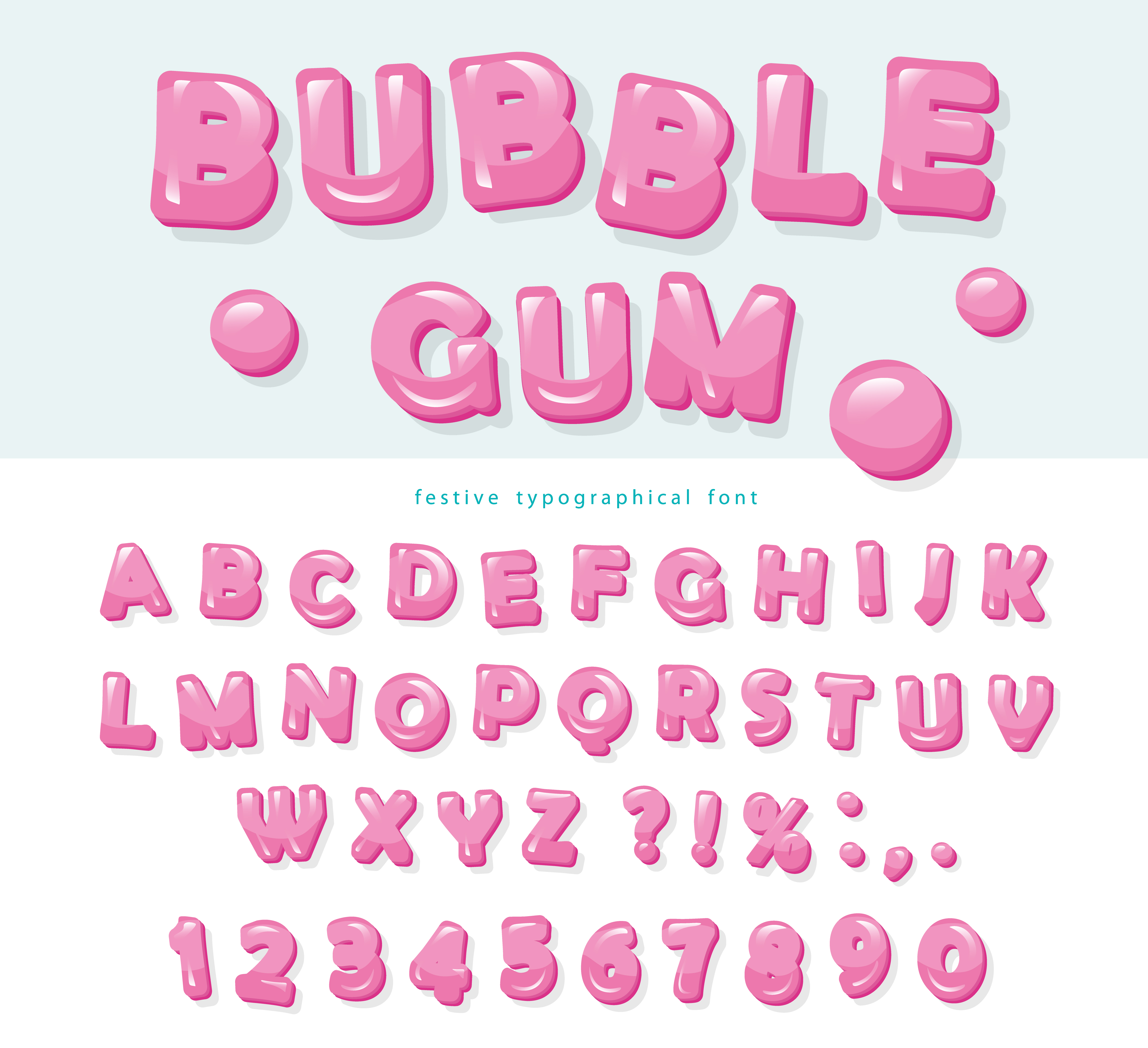


The only trouble is that sometimes you slide off the Opt key, and you suddenly you are messing up your spacing rather. Once you get the hang of it, the keyboard shortcuts Ctrl-Opt-arrows or Shift-Ctrl-Opt-arrows are really handy, even Cmd-Opt-arrows and Shift-Cmd-Opt-arrows for the following kern pair. If you feel you need to have many very small kerning pairs (less than 10 units), consider revisiting your spacing. Usually it makes sense to space as precisely as possible, but kern only roughly. Find pairs with gaps, open the lock where it most makes sense, and add negative kerning.ĭecide what your minimum kerning is, and what your increment is.Find pairs with collisions or close encounters, open the lock where it most makes sense (left, right or both), and add positive kerning.Avoid kerning for certain glyphs altogether, e.g., tabular figures.Do not overkern: keep an unkerned pair (like ‘nn’ or ‘HH’) around for reference.Punctuation around (proportional) figures.When doing so, group your glyphs, decide which group pairings make sense, for example: Go through combinations of right groups with left groups, make sure you keep the locks closed.Different designers will advise different methods, of course. Since you will end up with a couple of hundred, potentially even more than a thousand pairs of kerning, it is a good way to approach kerning methodically. The dreaded combination ‘ïï’ (double i dieresis) counts among these situations. But it happens too, especially for narrow diacritics. In Latin and similar simple scripts, it is rather rare that you will get to open both locks. Then you would open the left lock (the lock for the right side of the Q), and add positive kerning. Typically the Q will have many more collisions on its right, for example in the pair ‘Qp’. when the Q and the O share the same right group. Occasionally you will also have glyph-to-group situations, e.g. So, group-to-glyph kerning happens often. Uppercase letter with lowercase diacritic is the most frequent scenario for exceptions in Latin. Just the odieresis has an individual exception. And in this example, I think the space between N and D is pretty much alright already:Īll the other letters in the o group remain group-kerned. (Actually, the latter is spelled ‘vând’ with a circumflex, or so I have been told by a trusted source.) I recommend you do not merely type the combination that needs adjusting, but also add some context, a few letters where the whitespace seems alright already.

This becomes apparent when you type a word like ‘VAND’, which, I believe, means ‘water’ in Danish and ‘sell’ in Romanian and Moldovan. Okay, so you have optimized the sidebearings of your V and your A, but there is still too much whitespace in between them. Adjusting the left and right sidebearings of a single letter is called spacing. This is important: keep in mind that the term kerning means adjusting the whitespace enclosed by a combination of two letters, a glyph pair. when a capital V is followed by a capital A. One of the usual suspects is the combination ‘VA’, i.e. This is when you have reached the point at which you will not get around without kerning. But you’ll notice that, no matter how well you do it, some letter combinations never really work out properly. Try to get as far as possible with properly spacing your glyphs. Kerning is usually something you do very late in the fontmaking process.


 0 kommentar(er)
0 kommentar(er)
